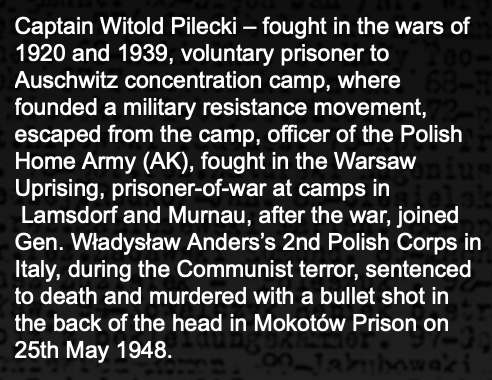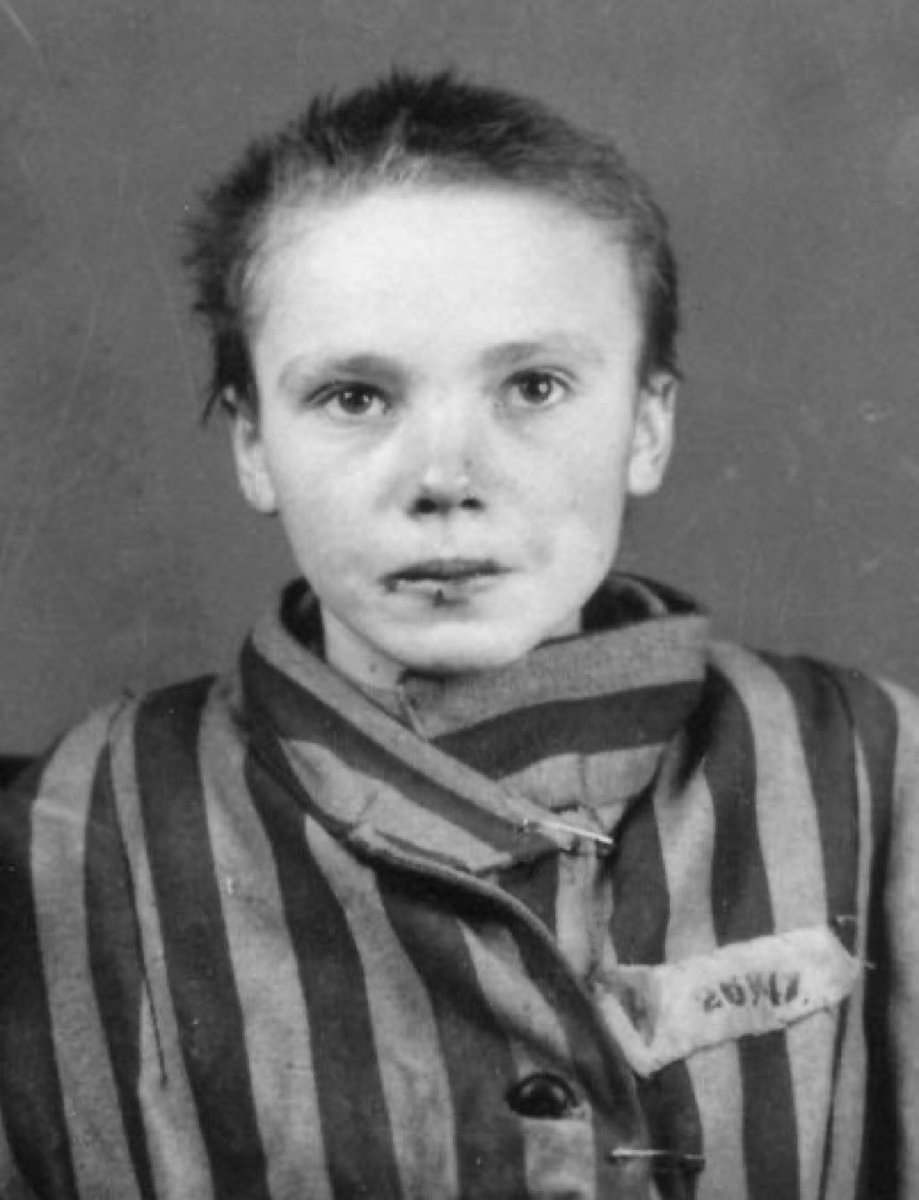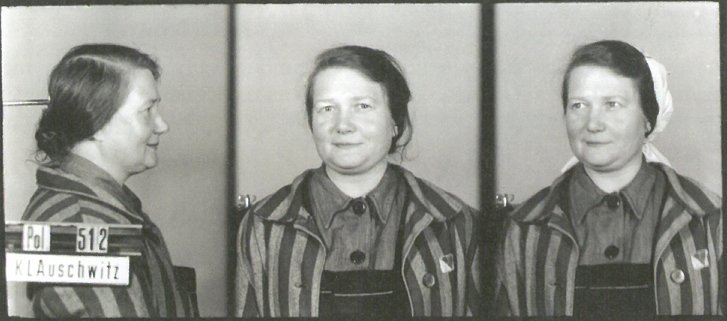
22 March 1943 | The Zentralbauleitung of the #Auschwitz camp (Central Construction office) completed the construction of gas chamber and crematorium IV at Auschwitz II-Birkenau camp. The undressing rooms, gas chamber and crematorium were located on the ground level. 1/5 
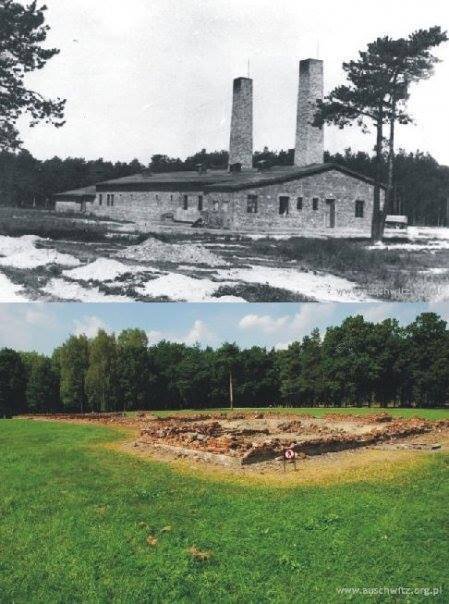
The gas chamber space was divided into three smaller rooms and had a total of 236.78 square meters. The exterior walls had holes with gas proof trapdoors for inserting Zyklon B. 2/5
The crematorium was equipped with one eight-oven furnace. According to the calculations made German manufacturer Topf & Soehne, 768 corpses could be burned in this crematorium every 24 hours. 3/5 
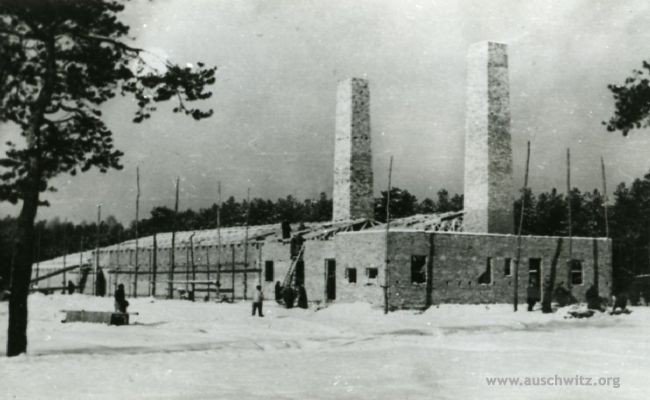
The building of the crematorium IV was set on fire by the #Sonderkommando prisoners who barricaded themselves there during the revolt on October 7, 1944 and subsequently dismantled by the Germans.
lekcja.auschwitz.org/en_10_sonder/
4/5 #resistance #revolt
lekcja.auschwitz.org/en_10_sonder/
4/5 #resistance #revolt
Today visitors of @AuschwitzMuseum can see the remains of the structure of gas chamber & crematorium IV at the Auschwitz II-Birkenau site.
You can also see it in our Virtual Visit: panorama.auschwitz.org/tour2,3007,en.…
#elearning #education 5/5
You can also see it in our Virtual Visit: panorama.auschwitz.org/tour2,3007,en.…
#elearning #education 5/5
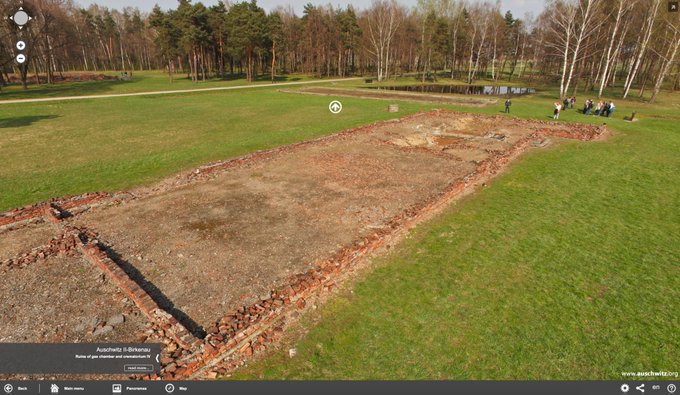
• • •
Missing some Tweet in this thread? You can try to
force a refresh


